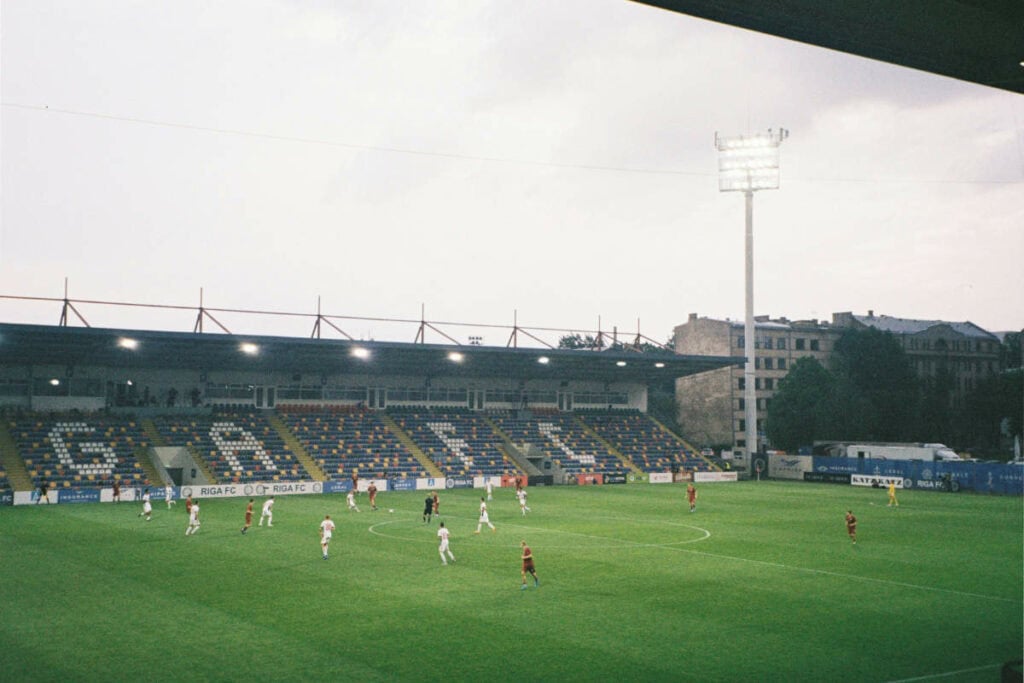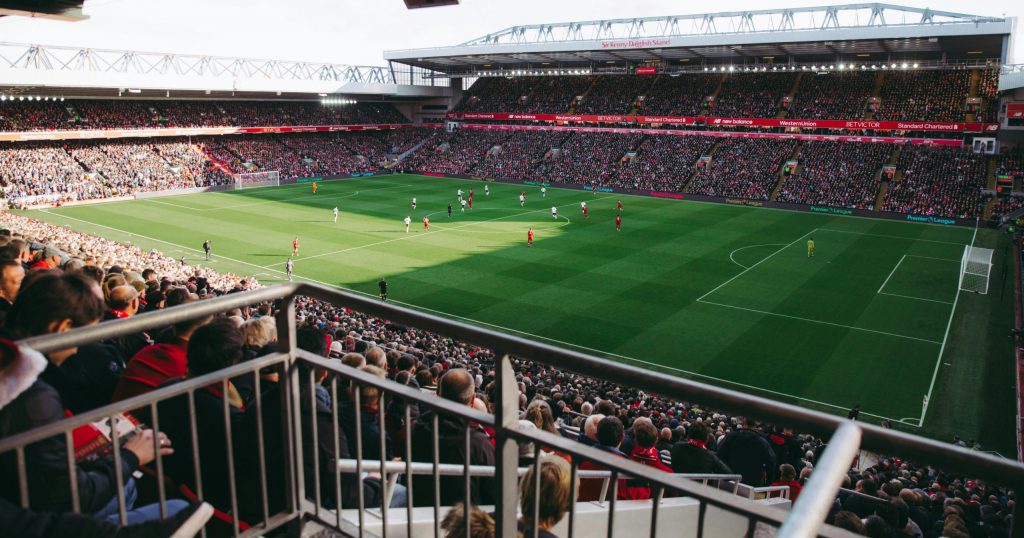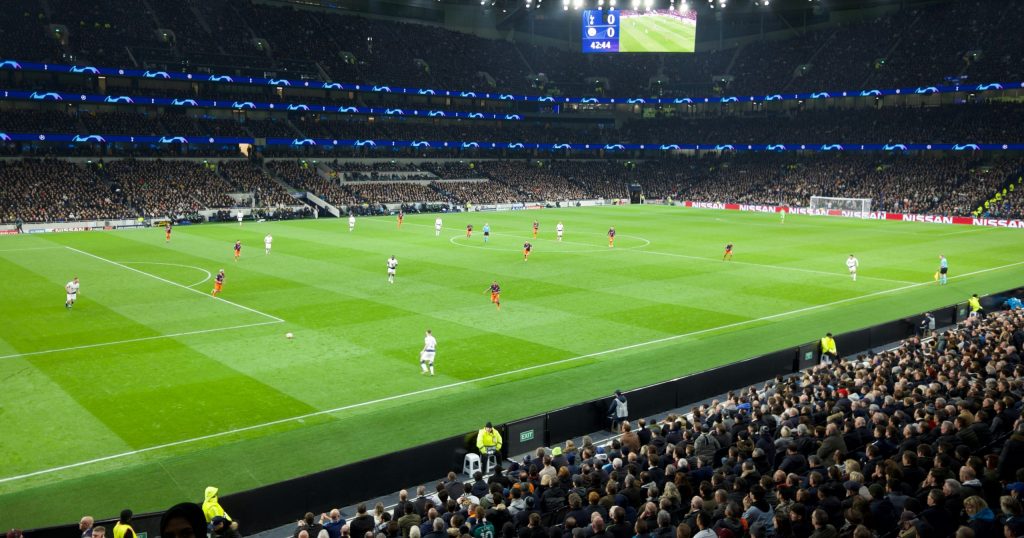Football fans are eagerly awaiting the return of the beautiful game after a long gap. Much to their delight, action returns in the form of the UEFA Europa Conference League qualifications. This third-tier annual football competition is set to make a comeback as the first and second qualifying rounds’ draws were announced on 17th and 18th June, respectively.
The UECL sits below the UEFA Champions League (first-tier) and the UEFA Europa League (second-tier). It was created to give more European football clubs a chance to play in continental competitions, especially those from smaller nations who rarely qualified for the Champions League or Europa League.
This expands inclusivity, helps develop players, offers financial benefits, and creates more competitive matches across Europe. The qualification rounds are vital for the Conference League because they are how most teams get into the main competition, as no one qualifies directly.
These rounds act as the entry point for over 170 clubs, funnelling them into the 36-team league phase through two paths: the Champions Path and the Main Path. They also provide early competitive matches, impact a nation’s UEFA coefficient, and use seeding to ensure fair matchups.
Format of the Qualification
The UEFA Europa Conference League qualification process is a complex system designed to incorporate a large number of clubs from across UEFA’s member associations. It involves several rounds, two distinct paths, and a meticulous seeding process. Let’s take a look at it.
Number of Qualifying Rounds
The qualification involves first, second, and third qualifying rounds, followed by a play-off round. Teams progress through these stages, often joined by those eliminated from Champions League or Europa League qualifiers, with all matches played over two legs to determine who advances to the main League Phase.
How Teams Are Seeded
When the draws happen for each qualifying round, teams are seeded based on their UEFA club coefficients, which reflect their European performance over the last five seasons. Higher-ranked teams are generally seeded, meaning they are matched against unseeded, lower-ranked opponents.
The draw also determines which team plays at home first. While teams from the same country can’t play each other, UEFA sometimes groups teams regionally in early rounds to cut down on travel. If a team’s opponent for an upcoming match isn’t known yet, the seeding is based on the higher-ranked potential team in that undecided tie.
Participating Teams Breakdown
- Domestic League Positions: League teams qualify based on their country’s ranking. Higher-ranked leagues enter later rounds, while lower-ranked leagues enter earlier stages with more teams.
- Domestic Cup Winners: National cup winners also qualify, with their entry round depending on their country’s ranking.
- Transfers from Champions League: Teams knocked out of UCL qualifying often get a second chance in the Europa Conference League. For instance, those losing in the UCL’s first qualifying round typically enter the UECL’s second qualifying round, while those eliminated in later UCL stages join the UECL at a more advanced point, like the play-off round.
- Transfers from Europa League: Teams knocked out of the Europa League’s early qualifying rounds (first and second) transfer directly into the Europa Conference League’s second and third qualifying rounds, respectively.
Key Dates and Schedule
Conference League: Qualifiers 2025-26
- First qualifying round: 10 and 17 July 2025
- Second qualifying round: 24 and 31 July 2025
- Third qualifying round: 7 and 14 August 2025
- Play-offs: 21 and 28 August 2025
Conference League: League Phase Matches 2025-26
- Matchday 1: 2 October 2025
- Matchday 2: 23 October 2025
- Matchday 3: 6 November 2025
- Matchday 4: 27 November 2025
- Matchday 5: 11 December 2025
- Matchday 6: 18 December 2025
Conference League: Knockout Phase 2025-26
- Knockout phase play-offs: 19 and 26 February 2026
- Round of 16: 12 and 19 March 2026
- Quarter-finals: 9 and 16 April 2026
- Semi-finals: 30 April and 7 May 2026
- Final: 27 May 2026
Conference League: Draws 2025-26
- First qualifying round: 17 June 2025
- Second qualifying round: 18 June 2025
- Third qualifying round: 21 July 2025
- Play-offs: 4 August 2025
- League phase: 29 August 2025
- Knockout phase play-offs: TBC
- Round of 16, quarter-final, semi-final, and final: 27 February 2026
UEFA Europa Conference League Qualification Betting Odds
Compared to other football competitions, the Conference League is almost a newborn. This makes UEFA Europa Conference League qualification betting more challenging for punters. The limited historical data, lack of consistent trends, and absence of repeat winners make it harder to form informed strategies, especially when compared to more established tournaments.
For instance, when making Europa League predictions or Champions League predictions, bettors often look at teams like Sevilla and Real Madrid, who have a history of winning those competitions. This gives punters a starting point for their outright bets and helps in analyzing betting odds more effectively, since past performance often influences the odds set by bookmakers. The Conference League doesn’t offer that same advantage.
To bet smarter on the Conference League, you can follow game results in real-time to understand team performance and identify strong or struggling sides.
These teams often rest key players for league matches, especially away. Make sure to check their league schedule to see if they’re likely to field a weaker squad. Lastly, you can stay updated on team news, including injuries and lineup changes, as these can significantly impact a team’s chances—especially in the later stages of the tournament—and thus influence betting odds across various markets.
Conference League: Popular Betting Markets
As the popularity of football is quite vast, similarly, the betting markets for different leagues are equally vast. Here are some of the most popular ones that you can bet on:
- Outright winners: The simplest Conference league bet, where you just pick the tournament winner.
- Player props: You can bet on who’s the best in the league, who will score the most goals, who will get the most yellow cards, who will take a corner/penalty, etc.
- Team props: This includes betting on the outcomes of individual teams, like which team will score the most goals, which team will have the most saves, which team will have more possession, etc.
- Individual match bets: You can bet on individual matches using various popular markets, such as over/under total goals, handicaps (giving one team a virtual head start or deficit), who will score the first goal, and simply which team will win the match. These options are great for those new to betting on the Europa Conference League.
Advancement to Group Stage
To enter the Conference League’s league phase, most teams go through qualifying rounds via two paths: the Champions Path (for teams out of Champions League qualifiers) or the Main Path (from domestic leagues or Europa League exits). Winners of these play-offs advance, as do 12 teams directly from Europa League play-offs.
Along with these 12, and the 24 winners from the Conference League play-off rounds, there are a total of 36 teams that make it to the league phase. All 36 teams are sorted into six pots based on their UEFA club coefficients, which reflect their historical European performance. In the draw, each team is randomly given six different opponents, playing three matches at home and three away.
To keep things fair, teams from the same country generally won’t play each other. After all the matches, the top eight teams in the league table go straight to the Round of 16. Teams ranked 9th through 24th enter a knockout play-off round to earn a spot in the Round of 16. Teams finishing 25th to 36th are eliminated.
—
Betting is only available to participants above 18 years. Please bet responsibly. BeGambleAware.org














